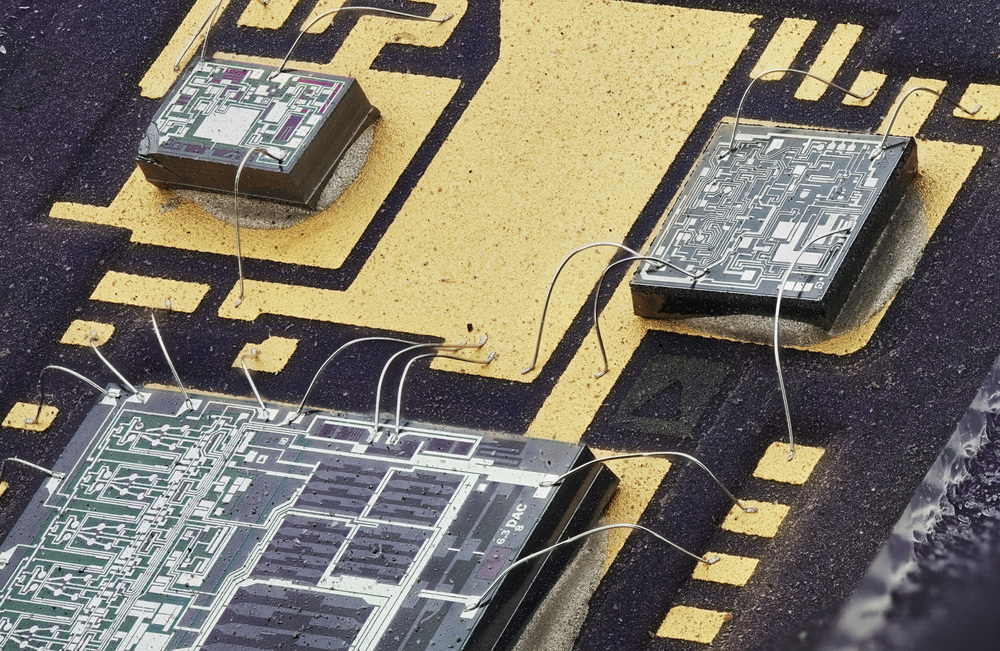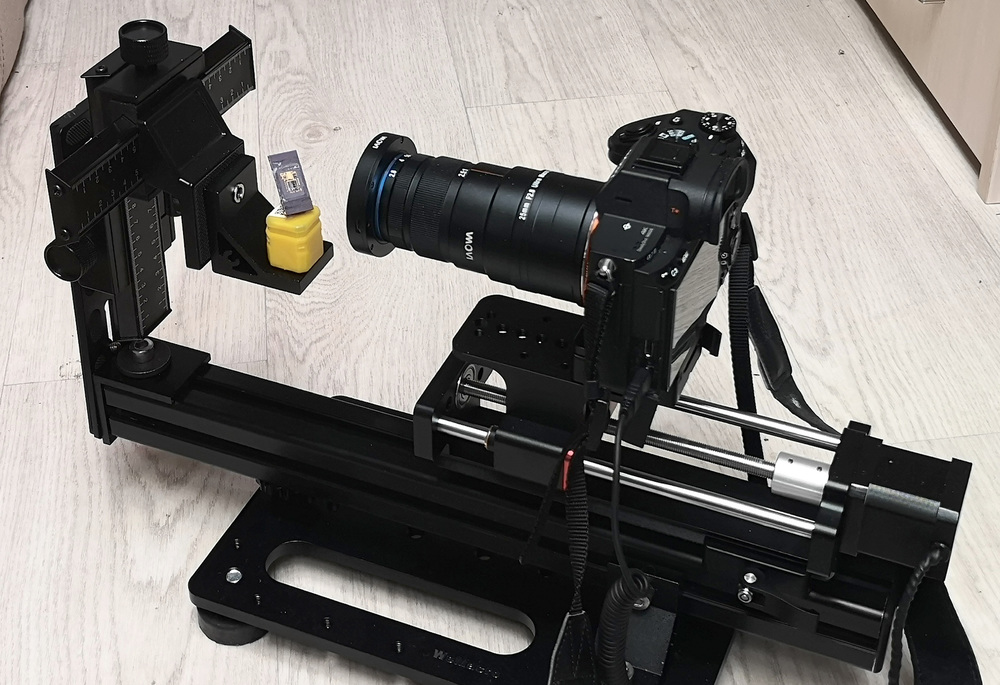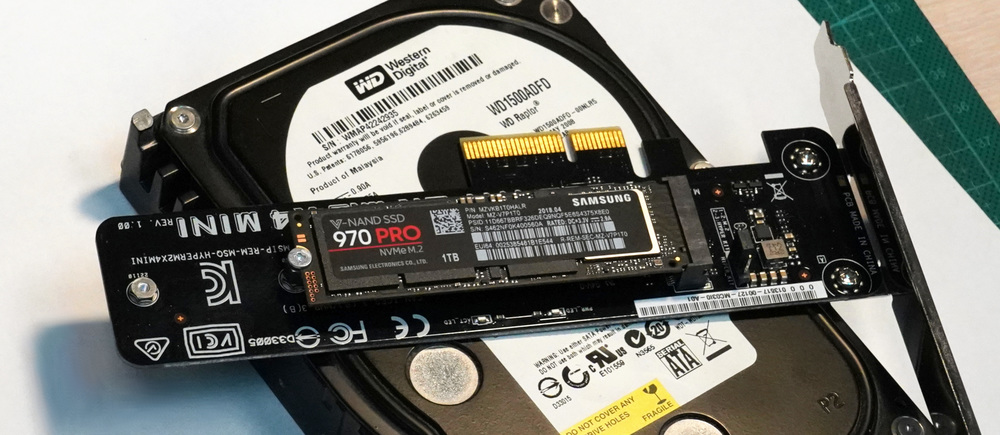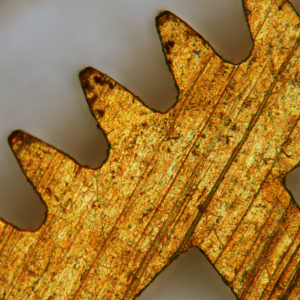Oxy-hydrogen torch @2800°C

Hydrogen flame at 2800°C melts glass like butter. Electrolyzer runs at 12V x 25A using 15% KOH electrolyte. Oxy-hydrogen gas is filtered through silica gel and fine air filter.
Observing SpaceX StarLink satellite group
Using TLE from celestrak.com I was able to observe and photograph Starlink satellite group. They are visible in binoculars (10x50, 18x50), fly in sequence - dozens and dozens of satellites. Too sad I started to observe them only 5 days after launch, by now they've spread quite far already on their orbit.Shoots are made using A7III + Sigma 135mm@1.8 (1/30sec, ISO 20000). 6 frame average, skipping 2.
Here we can see 4 Starlink satellites:

Here we can see 2 Starlink satellites and another satellite at higher orbit and different inclination:

Ducks do fly!
In urban Russia we used to see ducks and swans not able to fly due to their trimmed feathers. Or maybe after generations of not flying there is no one to teach them fly? I wonder if a bird can learn to fly if it's parents never flown...Here in Italy - ducks and swans do fly. But people say several years ago there were much more swans, probably they have flown away... Freedom comes with a price tag.
One can see these ducks learned a lot: how they increase angle of attack at landing to reduce landing speed, how they can land with or without thrust reversal (if they feel it's safe), how they neatly tuck in flippers in flight to reduce drag (reminds me of Boeing 737 landing gear)... They even have sharklets!

Olympus BX60 - my new metallurgical microscope
7 years ago I wrote about buying my first metallurgical microscope from China. During these 7 years I was going the path of Japanese cyberpunk - replacing it's body parts one-by-one to Olympus ones, until the only remaining original piece were body and illuminator (which caused most of remaining optical issues). But now it was time to replace remaining parts to Olympus and complete the transformation. Last year I started watching Olympus microscopes on eBay - until finally I found this Olympus BX60 from South Korea.Shipping went flawless. Upon arrival I reassembled short arc lamp illuminator - I was afraid that pieces of foam could get inside, ignite and deposit dirt on optical surfaces after turn on. When I opened the illuminator - I haven't immediately noticed the lamp. But it was there - just fell out of the socket. I was lucky that it did not broke: this tiny arc lamp (Ushio USH 102-D) costs 100-160$+. After assembly and quick illuminator tuning - everything was fine. The only minor complication was that this microscope was used only for fluorescent observation, so all cubes were for fluorescence. I will have to buy regular, bright-field neutral cube separately.
Lenses were very good and useful, without scratches on the optical surfaces: UPlanApo 100x/1.35 Oil, UPlanApo 40x/1.0 Oil, UPlanApo 20x/0.7, UPlanApo 10x/0.4, UPlanApo 4x/0.16, PlanApo 1.25/0.04.
Quality comparison will still take some time, but I hope that soon readers and subscribers of my blog on microelectronics zeptobars.com would be able to enjoy microchip photos with higher quality.

First tracked astrophoto : M42 - Orion Nebula
Sony A77III+Sigma 135mm F1.8 at Bonnie Springs Ranch near Las Vegas. 2x30 seconds (ISO100+ISO640), on astrotracker StarAdventurer (it rotates camera against Earth rotation). Orion Nebula is one of the few deep space objects with brightness range so wide that HDR processing is required.
WeMacro and focus stacking for macrophotography
It looks like most of modern technical photography is about shooting and processing 100's and 1000's of photos.Microscopy often requires stitching large panoramas (and sometimes - focus stacking), astrophotography - require stacking multiple long-exposure photos to mitigate tracking errors, star saturation, improve sensor noise and shot yield rate, and finally - decent macrophotography is now only possible with focus stacking. And then there are timelapses (like this 145440-frame 50-day timelapse), and any action photography where you can easily make 10'000 shots per day (that's a good time to talk about film).
I remember when I got my first macro lens Sigma 105mm F2.8 (about 12 years ago, ~2007) - I was surprised to see it's maximum aperture of F45, which severely degrades image quality due to diffraction. And this crazy aperture was needed, and sometimes it was not enough: dependence "depth of focus↔diffraction limit" was a brick wall which was not allowing to shoot small but "deep" objects with high (or even barely good) resolution.
But now there is a cure, and it's getting widely available - motorized rails for focus stacking:

226 shots, 50µm camera shift after each photo using WeMacro rail.
Stitched in Helicon Focus (Pyramid, smoothing=1). Lens is Laowa 25mm F2.8@F4

One of original photos for comparison:
Las Vegas airplane spotting
At the last day of CES this year I had few hours to do airplane spotting. In Las Vegas airport is basically in the city, so I only had to climb to the 8th floor of nearby parking lot to see the airfield ~2.5km from me. I was using Sigma 135mm F1.8@F2.8 with 24mp APS-C camera. Most of the shots were cropped to 100%, 135mm was barely enough even with 3.9µm pixel.On the photos with visible engine exhaust you can see how modern high-bypass turbofan engines operate - "dense" trail is coming only from the core part of the engine.

Looking back at Flash/EPROM and X79 BIOS modding
V-NAND did one more kick to the Moore's law slow pace. 3D is the future (as long as heat density permits). My latest SSD is reading and writing >2.5Gib/sec (although you can rarely tell the difference vs regular SSD), size reached immense 1Tb... Now you have the ability to choose more reliable yet slightly more expensive memory (2-bit MLC vs TLC), not relying just on manufacturer's brand name and backups.My motherboard is from 2012 (7 years???!!!), way before M.2 became a thing - hence PCI-E→M.2 adapter. And surely BIOS had no idea how to boot from NVMe. To my own surprise, I managed to bake NVMe boot driver inside BIOS, flash it - and it worked. If someone is still on AsRock X79 Extreme6 - feel free to use this modded BIOS (it is based on latest X79E6_3.10 BIOS dated april 2014 года). Dispite the age of motherboard and CPU - PCI-E 3.0 (which is still the latest version) worked perfectly and on maximum speed, one more sign that technology progress is slowing down.
Let's take a look at my history with flash/EPROM technology:

Internals of quartz wristwatch "Luch" - and some overclocking
 There are some things which were around for so long, that we got used to them and take them for granted. At the same time sometimes they are much more complicated to design and manufacture.
There are some things which were around for so long, that we got used to them and take them for granted. At the same time sometimes they are much more complicated to design and manufacture.My personal favorites are quartz wristwatches and film cameras. They only became accessible to everyone because hundreds of billions of dollars in R&D expenses were spent there in the past 1-1.5 centuries.
I'll take a look at quartz wristwatch this time. I'll look inside "Luch" wristwatch which I got during my school times.
Watches itself looks simple and ascetic. Wires are mine. You'll see why at the end of the article:








 @BarsMonster
@BarsMonster